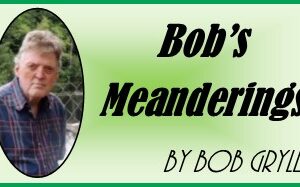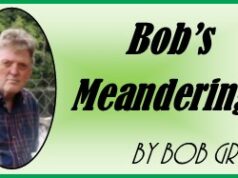We may not want to think about grave robbing as a proponent for our health but medical students back a few centuries ago had to snatch unearthed bodies for the corpses they needed to dissect in their studies. That dark practice of body snatching is directly tied to the advancements in anatomy and medicine, but were not a dinner-time topic.
As more and more medical schools opened back then, the profession faced a dilemma. Aspiring doctors needed to cut open dead bodies to learn anatomy. This was essential to their practical skillset. As well, no one wanted to take the risk of being operated on by a surgeon who had only been trained by studying books.
Furthermore for most people, cutting up dead human beings was sacrilegious, disrespectful and disgusting but was condoned by medical practitioners and institutions who believed it was an necessary evil.
Ironically culture of that time only criminals deserved such a fate after death. Judges intensified murderers’ death sentences by adding the dissection after their executions. As in life, the bodies of enslaved people were also exploited in death, either headed for dissection by their masters or robbed from their graves.
Even with all that, there were never enough legally available bodies, so the gruesome grave robbing flourished. To meet the medical profession’s growing demand for cadavers, the first anatomy law was passed in one district in 1831, making the bodies of the unclaimed poor available for dissection in medical schools and hospitals.
The fact of medical schools needing to open and expand and all the grave-robbing scandals pushed politicians to act. Similar legislation soon took effect for all regions.
Gradually more people accepted the horror at the very idea of being dissected. By the late 19th century a growing number were willing to let medical students cut up their bodies before eventual burial or cremation.
Doctors volunteered to be dissected, as did nurses, store owners, actors, academics, factory workers and freethinkers – even prisoners about to be executed. Some were people who simply sought to avoid funeral expenses. Others hoped that doctors would use their bodies to research their personal diseases, while others wanted to enable “medical science to enlarge its knowledge for the good of mankind.”
By the late 1930s, advances in cornea transplant surgery made it possible for people to gift their eyes to restore the sight of the blind and visually impaired.
The increase in donors who pledged their eyes at death spread in the 1940s and early 1950s, created a new problem for anatomists: a decline in the number of bodies. They blamed a rising prosperity in the postwar years; new laws that allowed municipalities to bury the unclaimed and outreach by church groups and fraternal orders to take care of their poverty-stricken members.
But concerns about cadaver shortages for anatomy classes was picked up by the media. This coverage of people who had chosen to donate their bodies started to sway others to follow suit. Examples included a Dear Abby advice column published in 1958 and a Reader’s Digest article in 1961.
In 1962, Unitarian advocate Ernest Morgan published “A Manual of Simple Burial,” which promoted memorial services as alternatives to lavish funerals. He included a directory of medical schools and dental schools that accepted whole-body donations.
Journalist Jessica Mitford, in her wildly popular 1963 book that condemned the funeral industry. She helped make handing over your body to science a respectable, even noble, alternative to expensive conventional burials.
In the early 1960s, church leaders came out in favor of donating bodies to science. It wasn’t long before some anatomy departments began to organize memorial services to acknowledge donors and provide some closure for their loved ones. Word of such efforts further encouraged whole-body donation.
The 1970s saw anatomy professors encourage potential whole-body donors to see themselves as heroically giving to medical science. Early donors frequently expressed an altruistic vision, wanting their mortal shells to participate in advancing knowledge.
Where many once regarded medical students as “butchers” for exploiting their beloved dead, contemporary students honor what some of these future doctors call their “first patients” for the precious gift they have been given.





![Kenopic/Smith Auction [Paid Ad]](https://whitewaternews.ca/wp-content/uploads/2018/10/advertising-100x75.jpeg)

